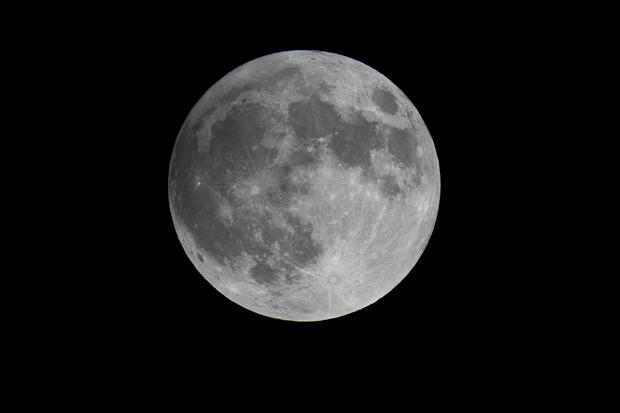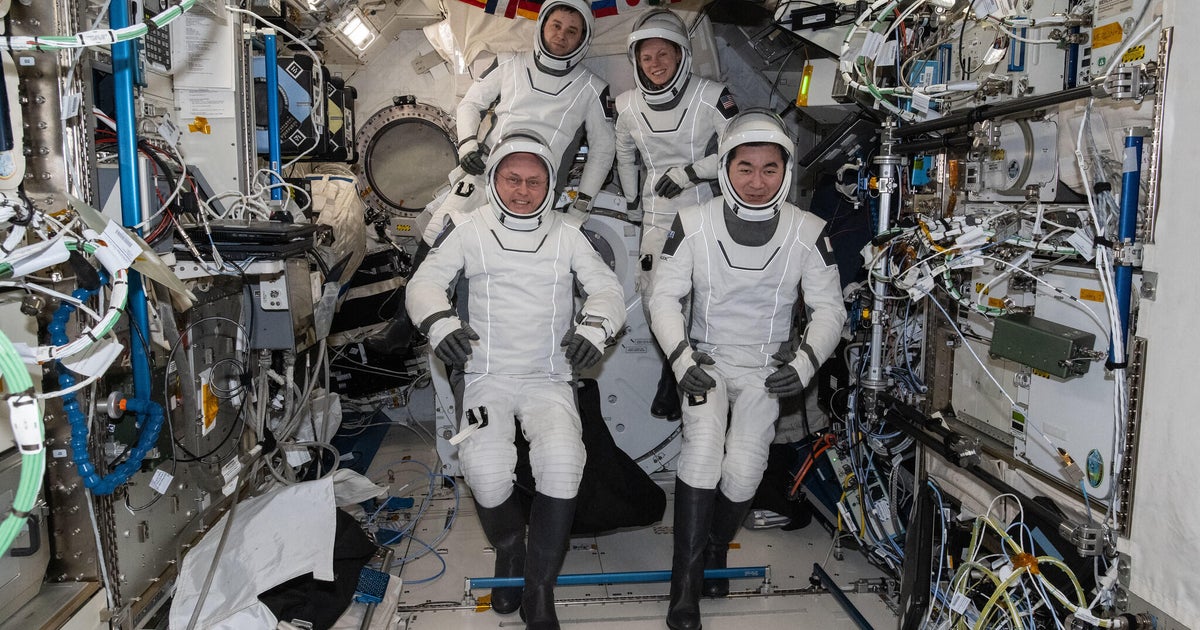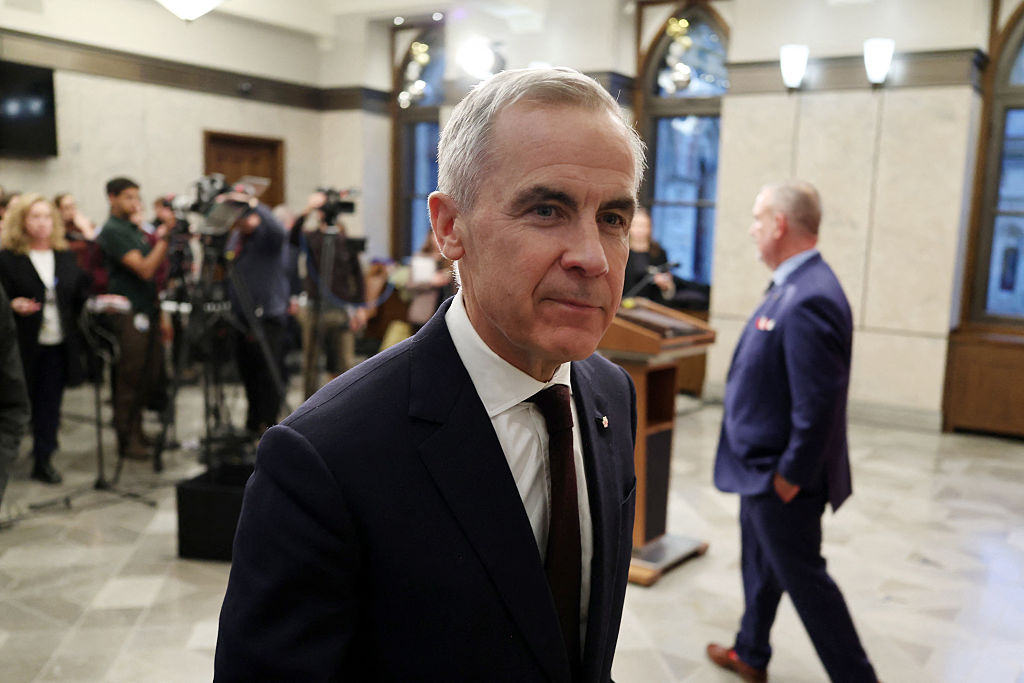The Hunter's Moon this week will be a supermoon — the brightest in 2024
The next full moon is due to appear this week in night skies all over the world. When it emerges, the phenomenon will hold a couple of notable titles.
First, it's the Hunter's Moon, a centuries-old name for the full moon immediately following the autumnal equinox and the September Harvest Moon that rises with it, which signals an acceleration in the hunting season. Some Native American tribes referred to the celestial event by different monikers — like the Blood Moon, Travel Moon or Dying Grass Moon, according to the Maine Farmer's Almanac — but each was used to mark a similar milestone shift in the year.
The upcoming full moon is also a supermoon, where the moon appears brighter and larger to skywatchers on Earth because of its proximity to the planet, and this one is slated to be the most dazzling of the year so far.
Why does the moon appear brighter during a supermoon?
Like Earth's orbit around the Sun, the moon's around Earth is elliptical, meaning oval-shaped. This means the space rock is positioned at various distances from the planet depending on the time of the month and where it's located along that orbital path. The distances range from about 226,000 miles and 251,000 miles, according to NASA.
When the moon is hovering around one of those closer distances during a full moon, it becomes a supermoon.
Supermoons only happen three or four times a year, since the moon's closeness to Earth rarely coincides with monthly full moons. They aren't identical, either. Astronomers generally consider a full moon to be "super" if the moon's position in orbit is at least 90% of the distance from its farthest point to Earth in the ellipses to its closest. The absolute closest point is called perigee.
When does the next full moon take place?
The Hunter's Moon this week will be the third of four consecutive supermoons, NASA said. It falls on Thursday, Oct. 17, and comes on the heels of the moon reaching perigee one day earlier. Because of that, the supermoon is expected to be the biggest and brightest of its kind in 2024, albeit, by a very small margin.
The moon will reach its nearest point to Earth at around 9 p.m. Eastern Time on Wednesday evening, with a full moon due to materialize less than 12 hours later, at around 7:30 a.m. in the same time zone. It will occur late Wednesday night for places west of the International Date Line and early Friday morning for places from New Zealand eastward.
People should be able to see the moon appearing full for three or so days around that time, from Tuesday night until Friday morning. Astronomers say the supermoon will be most striking right after sunset and advise looking just above the horizon for the best chances at visibility.






